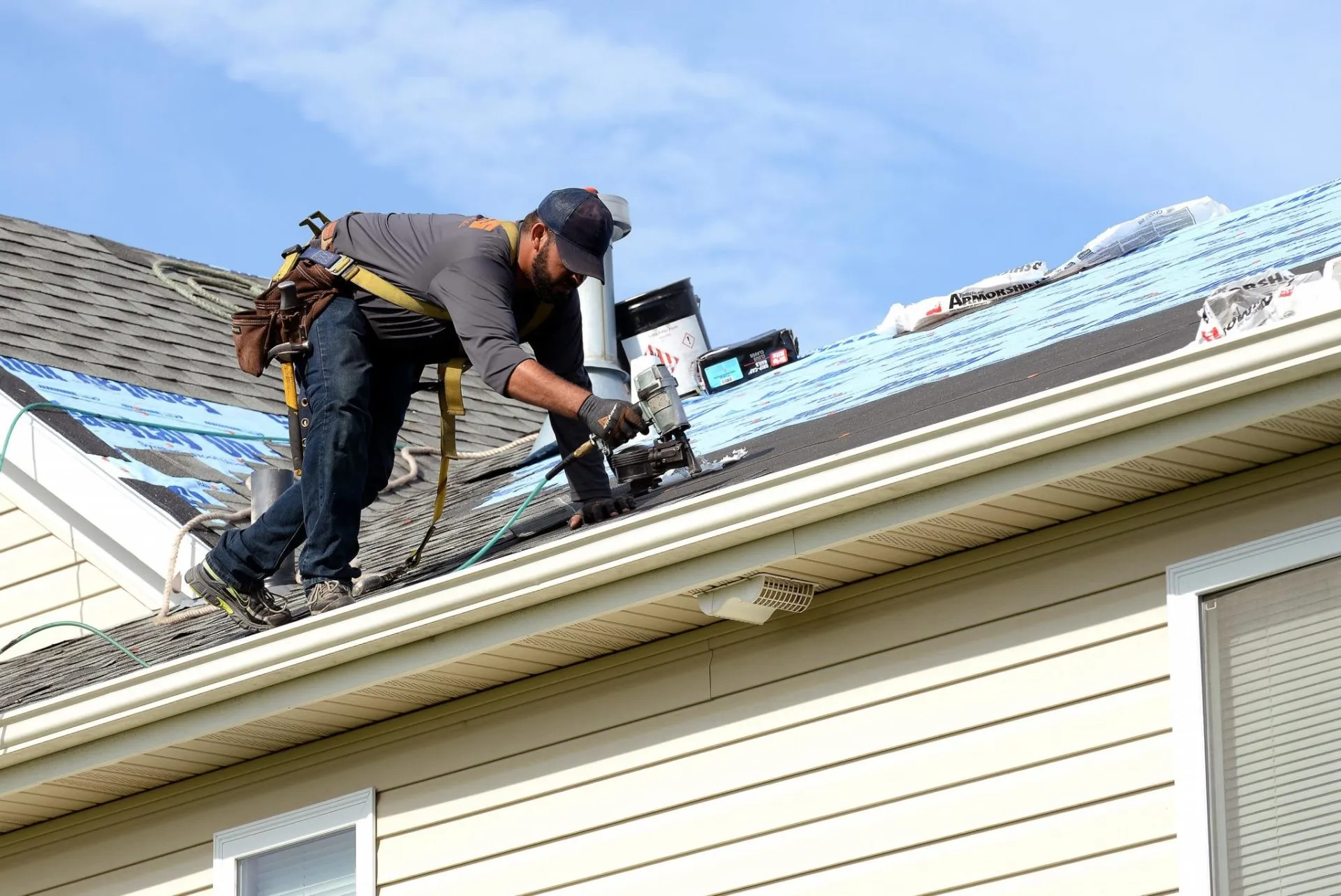Vacuum circuit breakers are essential components in modern electrical systems, offering reliable protection for medium and high-voltage circuits. At Aierway, we understand the critical role these devices play in ensuring safety, stability, and efficiency. Despite their durability and low maintenance requirements, Vacuum circuit breaker can face certain challenges during operation. This article explores the most common problems and provides practical solutions to keep your system functioning optimally.
Understanding the Vacuum Circuit Breaker
A vacuum circuit breaker (VCB) is an electrical device that interrupts current flow by separating contacts within a vacuum chamber. When the contacts open, the arc that forms is quickly extinguished due to the lack of ionizable material in the vacuum. This unique design makes the vacuum circuit breaker highly efficient and long-lasting compared to other types, such as oil or air circuit breakers.
Importance of the Vacuum Circuit Breaker
The vacuum circuit breaker is widely used in industrial, commercial, and utility applications. It provides high dielectric strength, minimal maintenance, and rapid arc extinction. These characteristics make the vacuum circuit breaker an ideal choice for protecting transformers, motors, and other heavy electrical equipment. However, like any device, it may experience issues over time that affect its performance.
Common Problems in Vacuum Circuit Breakers
1. Contact Erosion
One of the most common issues in a vacuum circuit breaker is contact erosion. During each operation, a small amount of contact material vaporizes and condenses elsewhere within the chamber. Over time, this reduces the thickness of the contacts, increasing resistance and heating.
2. Vacuum Loss
The vacuum interrupter is crucial for the vacuum circuit breaker’s performance. If the vacuum inside the chamber deteriorates due to a leak or seal failure, the breaker’s ability to extinguish arcs is compromised. This can lead to internal flashovers and severe damage.
3. Mechanical Wear
Repeated mechanical operations can cause wear and tear on moving parts. The operating mechanism of a vacuum circuit breaker, including springs, levers, and bearings, can degrade, resulting in slow or incomplete operations.
4. Insulation Failure
Dust, moisture, or contamination can lead to surface tracking or insulation breakdown in a vacuum circuit breaker. Poor insulation can cause flashovers, reducing the overall dielectric strength of the system.
5. Improper Contact Alignment
If the fixed and moving contacts in a vacuum circuit breaker are misaligned, uneven wear and poor current conduction can occur. This not only reduces efficiency but also increases the risk of overheating and failure.
6. Coil or Motor Failures
The closing or tripping coil of a vacuum circuit breaker can burn out due to overvoltage, insulation aging, or continuous energizing. Similarly, a faulty spring-charging motor can prevent proper operation.
7. Control Circuit Malfunctions
Faults in auxiliary contacts, relays, or wiring can result in the vacuum circuit breaker failing to operate on command. These control issues often lead to unwanted trips or failure to trip during fault conditions.
Solutions to Common Problems
1. Regular Inspection and Maintenance
Routine inspection helps detect early signs of contact erosion, loose connections, or mechanical wear. Scheduled maintenance ensures the vacuum circuit breaker operates smoothly and extends its service life.
2. Vacuum Integrity Testing
Periodically test the vacuum interrupter using a vacuum bottle tester. This ensures the vacuum circuit breaker maintains the required pressure level for arc extinction and reliable operation.
3. Lubrication of Moving Parts
Apply recommended lubricants to mechanical joints, linkages, and springs to reduce friction. Proper lubrication enhances the performance and longevity of the vacuum circuit breaker.
4. Cleaning and Insulation Care
Clean the breaker’s exterior and interior surfaces to prevent dust accumulation and moisture ingress. Using high-quality insulating materials can prevent tracking and maintain the dielectric strength of the vacuum circuit breaker.
5. Contact Monitoring and Replacement
Regularly monitor contact wear with a micrometer or similar device. Replace contacts once they reach the manufacturer’s specified wear limit. Proper contact maintenance ensures consistent current flow in the vacuum circuit breaker.
6. Electrical Testing
Perform insulation resistance, contact resistance, and timing tests to evaluate performance. These tests help identify potential issues before they lead to vacuum circuit breaker failure.
7. Control Circuit Inspection
Check all auxiliary relays, control wiring, and terminal connections for looseness or corrosion. Ensure that the vacuum circuit breaker control circuit is free from short circuits or open connections.
Preventive Maintenance Tips
- Operate the vacuum circuit breaker periodically to prevent mechanical jamming.
- Keep records of all tests and maintenance activities for future analysis.
- Ensure the breaker is operated within rated parameters to prevent stress.
- Train maintenance personnel on vacuum circuit breaker operation and troubleshooting.
- Use genuine spare parts to maintain manufacturer standards.
Advantages of Proper Maintenance
By addressing these common issues, users can extend the lifespan of their vacuum circuit breaker and ensure reliable system protection. Proper maintenance reduces downtime, enhances safety, and minimizes costly repairs.
Future Trends in Vacuum Circuit Breakers
Modern vacuum circuit breakers are evolving with advancements in materials, automation, and monitoring systems. Smart breakers equipped with IoT sensors can now provide real-time performance data, predictive maintenance alerts, and remote operation capabilities. These innovations further increase the reliability and efficiency of vacuum circuit breakers in modern power systems.
Conclusion
The vacuum circuit breaker remains one of the most efficient and reliable solutions for power system protection. Understanding the common problems and their solutions ensures that these devices continue to operate effectively. At Aierway, we are committed to helping industries maintain safe and dependable electrical networks. Regular inspection, timely maintenance, and adherence to manufacturer guidelines are key to maximizing the performance of your vacuum circuit breaker and ensuring uninterrupted power supply.


